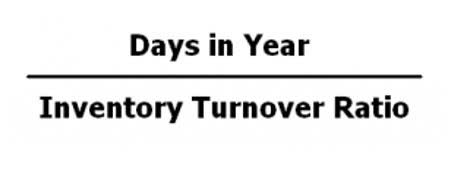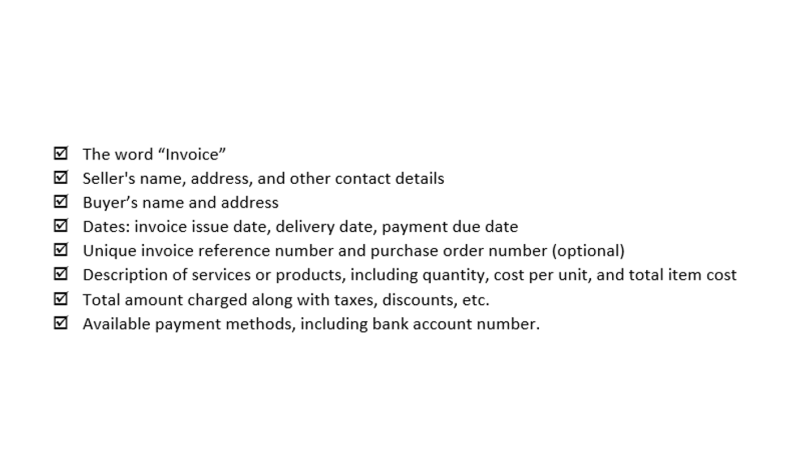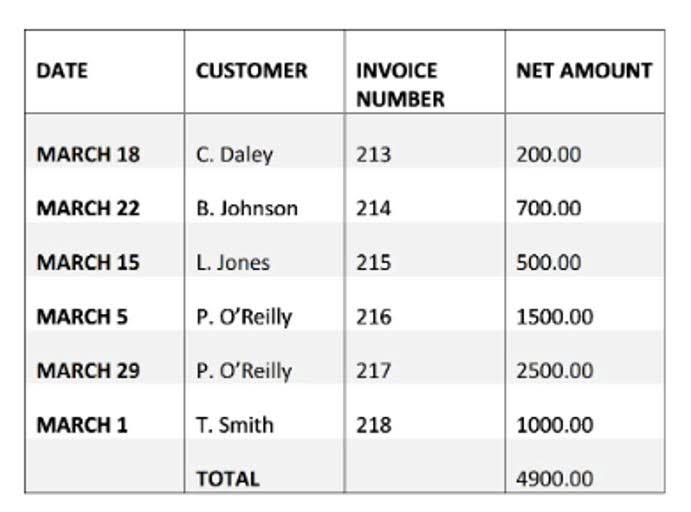
If the price charged to the customer is above the AVC, then the business is covering its variable costs per unit and then some. If the price is set below the AVC, then the company’s sales are no longer covering variable costs, on average, and goods are being sold at a loss. However, it’s important to remember that for a business to be profitable, its revenue should cover both variable and fixed costs.
How variable costs work
- Provides a per-unit perspective, helping businesses understand the cost efficiency of production processes and make decisions about pricing and resource allocation.
- Keeping an eye on these costs helps businesses adapt and thrive, even when things get a bit unpredictable.
- Wood is considered a variable cost because the price of it can change over time.
- This guide breaks down the concept of average variable cost (AVC), explains why it matters, and provides a clear formula with examples to help you calculate it accurately.
- They are dynamic in nature, varying with the level of production or business activity.
- This article delves into the definition, examples, and methods of calculating variable costs, offering insights that are essential for both seasoned professionals and newcomers to the field.
This means that a high fixed-cost business can make very large profits when sales spike, but can incur equally large losses when sales decline. A variable cost is a cost that varies in relation to either production volume or variable cost the amount of services provided. If no production or services are provided, then there should be no variable costs. Examples of variable expenses are direct materials, sales commissions, and credit card fees.
- Markets change faster than you can say “profit margin.” One minute you’re on top of the world, and the next, you’re scrambling to adjust.
- In the service industry, the main variable costs are the direct labour, and supplies required for the service.
- Sourcing raw materials sustainably can help companies reduce both variable costs and their environmental impact.
- Managing these costs effectively is vital for inventory control, pricing strategies, and overall profitability.
- The graph on the right side shows the fixed cost curve, which remains constant no matter whether the quantity produced increases or decreases.
Importance of Variable Cost Analysis
Variable cost is an important factor affecting the price of a product. Setting the right price, which covers the cost of making a product, is essential for any business in order to generate profits. SelfEmployed.com is an independent, advertising-supported publisher and comparison service.
- For example, if you produce 1 chair with a variable cost per unit of $50, your total variable costs would increase to $500 if you produced 10 chairs.
- This differs from fixed costs like rent or insurance, which will remain the same regardless of your company’s activity.
- Similarly, if production slows to 500 candles, the total material cost decreases.
- This decision should be made with volume capacity and volatility in mind as trade-offs occur at different levels of production.
- If you sell a cupcake for $3, your profit per cupcake before fixed costs is $2.20.
- Understanding your variable costs is essential for small and mid-sized businesses.
- Variable costs are expenses that fluctuate in direct proportion to the level of production or sales activity within a business.
Challenges in Managing Variable Costs

Operating leverage measures a company’s combination of variable and fixed costs. If a company has a high amount of fixed costs and low variable costs, it is considered to have high operating leverage. On the other hand, a company with high variable costs and low fixed costs has low operating leverage. To help you better understand how to calculate variable costs in the real world, let’s pretend that you are running a pizzeria.


Variable costs are directly tied to a company’s production levels, fluctuating with the volume of goods or services produced. In a manufacturing setting, the cost of raw materials is a clear https://www.bookstime.com/ example. As production increases, so does the need for raw materials, leading to higher costs. Conversely, reduced production results in lower spending on these materials. This direct relationship makes variable costs a dynamic component of a company’s financial structure. Variable costs, also known as direct costs or variable expenses, fluctuate in direct proportion to the output or level of business activity.

- MageComp is a one-stop shop for eCommerce development services, where we develop scalable and feature-rich online stores.
- High volumes with low volatility favor machine investment, while low volumes and high volatility favor the use of variable labor costs.
- To find out more on costs, budgeting, accounting and other core financial knowledge, look at our Finance for the Non-Financial Manager e-learning course.
- If you’re looking for support with tracking all the costs that go into making your business possible, FreshBooks accounting software can help.
- In highly competitive markets, managing variable costs can provide a significant advantage.
Explore the nuanced differences between variable and marginal costs, their calculations, and their roles in budgeting and cost analysis. Let’s look at an example of fixed and variable bookkeeping expenses to see how they work in the real world. The fixed portion of maintenance (routine checks) is assigned based on time, while the variable portion (repairs) is allocated based on machine usage, which fluctuates with production volume.
